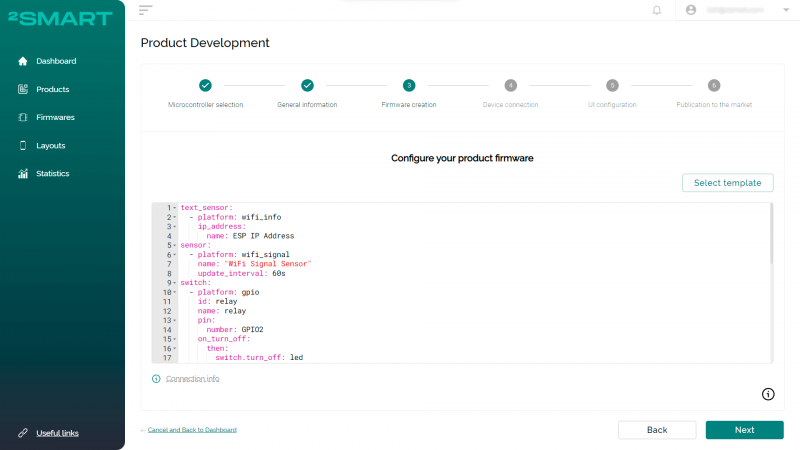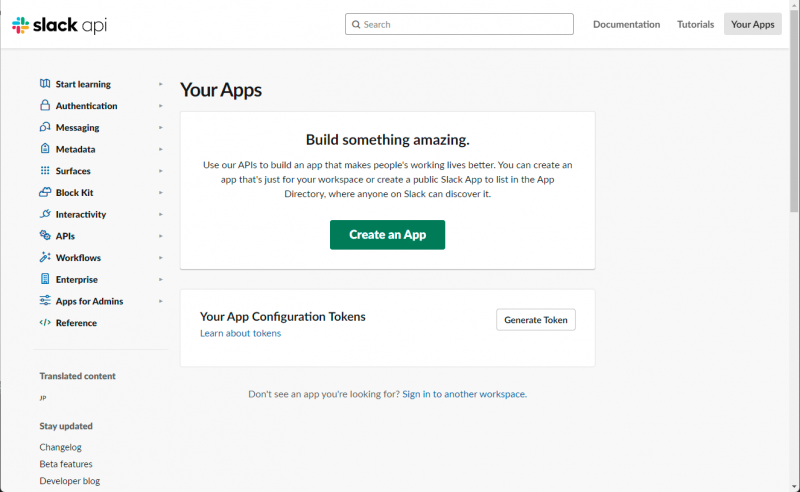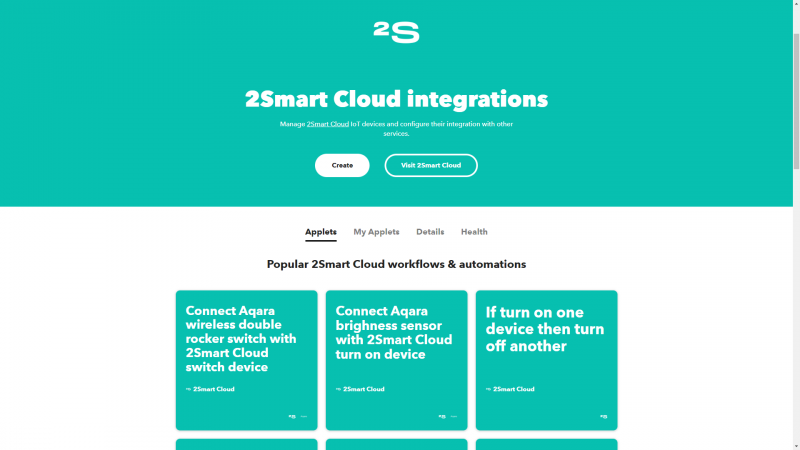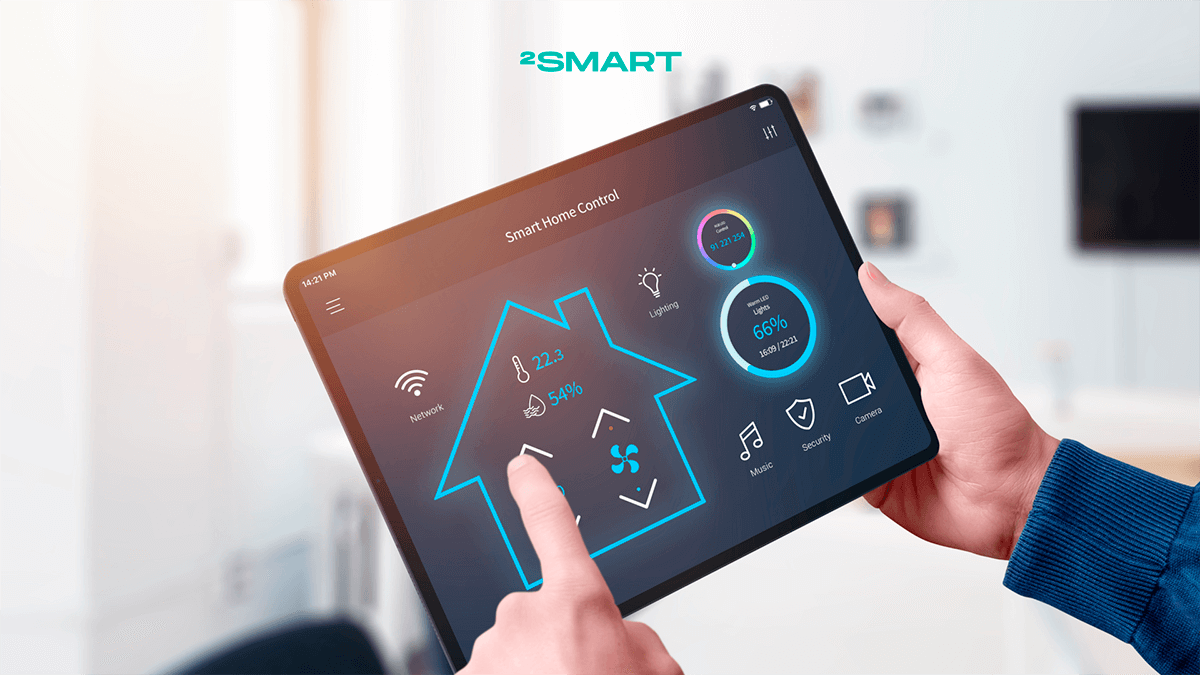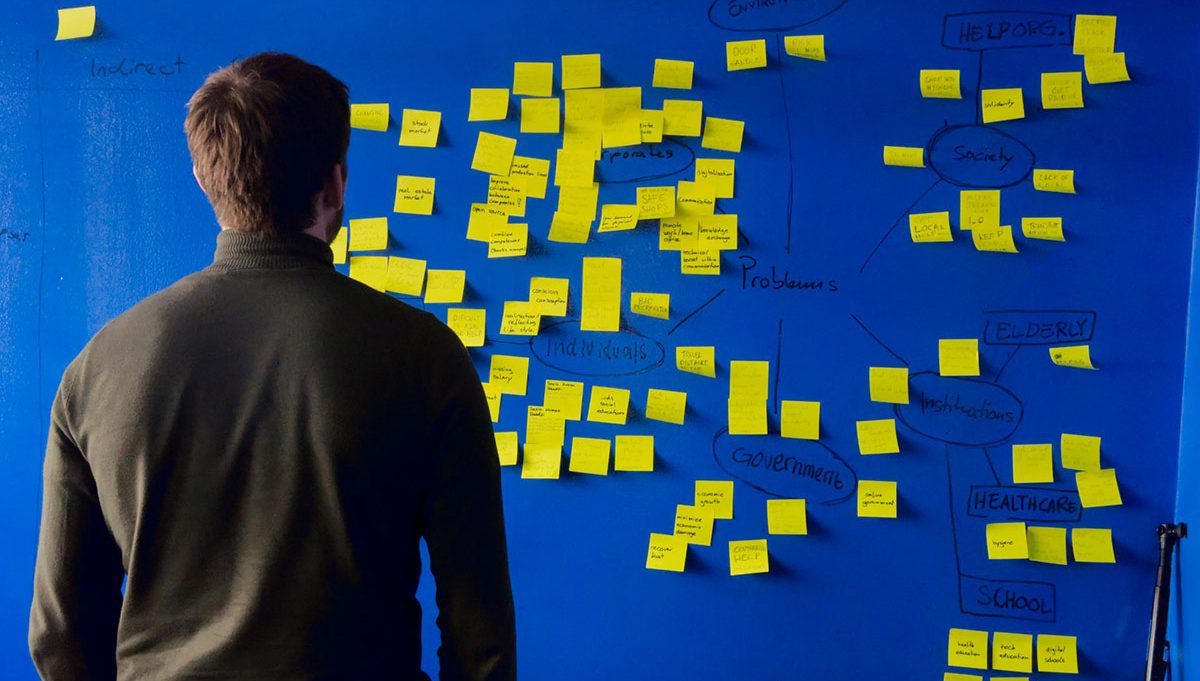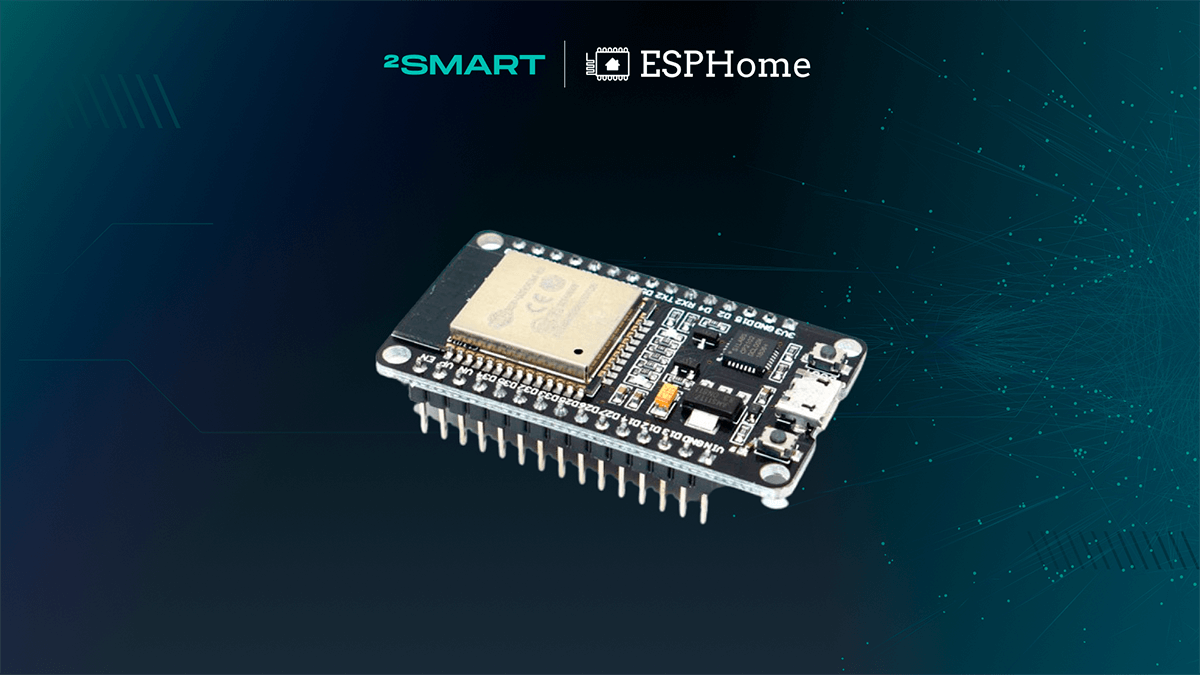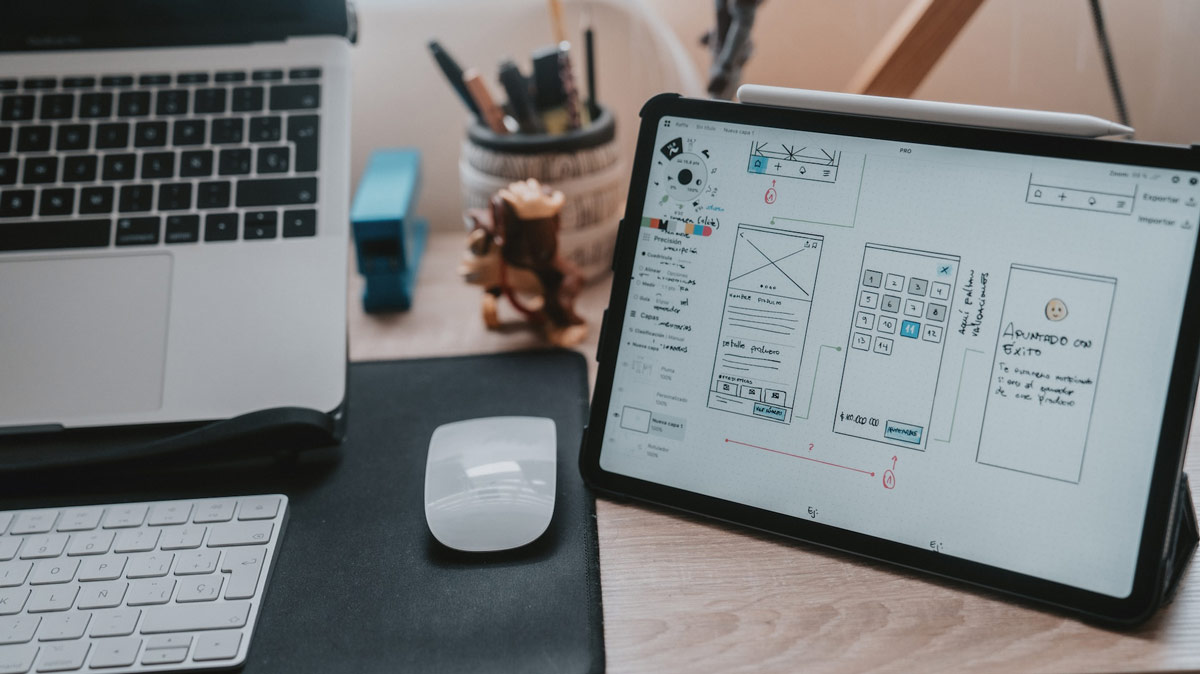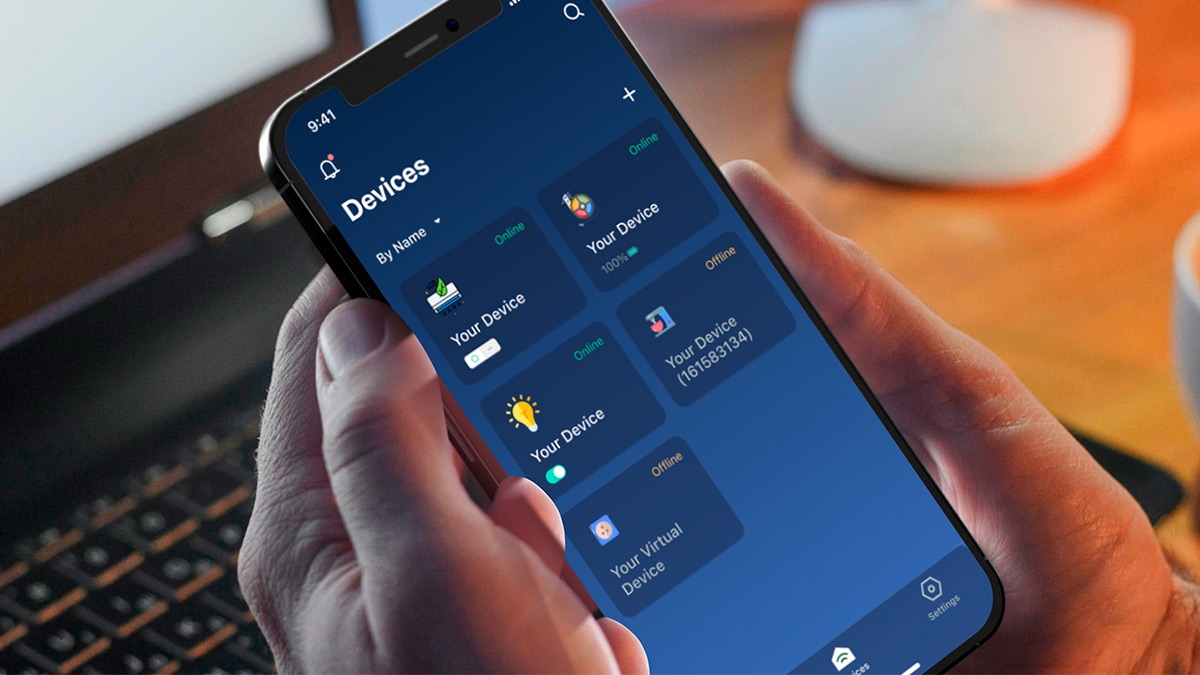Table of contents:
The ability to integrate with third-party services and platforms is one of today’s Internet of Things trends. The main advantage of such integration is expanding the basic functionality of IoT systems. For example, users can manage IoT devices using popular voice assistants, receive device status notifications in their favorite messenger, or set up automatic rules. This article provides several examples of custom integration with cloud IoT platforms that greatly enhance the capabilities of developers and end users.
IoT platform-to-platform integration
There are several types of custom integration with cloud IoT platforms, and the first of them is integration with third-party platforms, which in turn are designed to manage IoT devices.
An example of such an IoT integration solution, which is implemented in the functionality of the 2Smart Cloud IoT platform, is the support of the ESPHome no-code platform as a way to develop device firmware.
ESPHome is a platform for configuring ESP32-based smart devices. Its main advantage is that the developer does not need to resort to programming to describe the logic of their product.
Initially, ESPHome is a base for configuring devices that connect to the Home Assistant free automation platform. The 2Smart Cloud team has developed a software bridge that adapts the ESPHome convention to the 2Smart convention. To do this, the 2Smart Cloud platform API messages are converted into messages that are understandable on the side of the device running on ESPHome.
With this integration, developers of 2Smart Cloud devices have access to no-code programming of their products, which saves time and resources.
Another example is integrating the open-source automation platform 2Smart Standalone and the OpenWeather service. Users of the platform can utilize the OpenWeatherMap bridge, available in the platform’s market, to receive weather data in the selected region using the OpenWeather API.
This IoT platform-to-platform integration allows you to configure the automatic control of heating and cooling systems depending on the current weather. The automation platform can adjust watering based on rainfall forecasts when deploying a smart irrigation system in a garden or farm. The user can set an alert for strong winds, configure the automatic closing of windows equipped with automated opening systems, or automate any other operations.
Examples of platform-to-platform integrations also include integrations with majors such as AWS, including the use of integration connectors – out-of-box components that allow you to connect to and integrate with apps and data sources easily.
Integration of IoT platform to software services
Another integration option is connecting to external services with API. Using this API, the team supporting the IoT integration platform can connect the necessary functions to the service and send the necessary commands.
This is the more common integration option used by many IoT platforms. For example, in 2Smart Cloud, sending notifications to the Slack messenger is implemented in this way. The end-user can create an App in their Slack account using the API. The App uses incoming webhooks to receive notifications. After completing the integration setup in the 2Smart Cloud mobile application, the user receives the necessary messages about changes in the status of their devices using Slack messenger.
Another example of integration with third-party software services is connecting to the IFTTT platform. The IFTTT (If This Then That) is a service designed specifically for the mutual integration of other platforms and services.
In fact, IFTTT allows you to connect to each other services that cannot be connected in any other way. The end user can utilize this IoT integration software to link products whose developers may not even be aware of each other’s existence.
Technically, integrating a platform or service with IFTTT is as follows. Service developers customize their environment by adding an IFTTT compatibility layer to their API. They then create their platform’s service on IFTTT. After the necessary testing and verification stages, the integration appears in the IFTTT catalog, and anyone can use it.
Using the API is the way to set up integration with multiple services. Typically, any proprietary system has a documented API. If there is no API, its development is necessary, which will help to integrate any service with the platform.
Let’s collaborate
We’re empower your business with our technology expertise
Benefits of integrated IoT platforms
Integrated IoT platform, as a rule, offers several benefits that can help businesses and individuals efficiently manage and leverage IoT technology.
Centralized Management
Integrated IoT platforms provide a centralized interface for managing all IoT devices and applications. This simplifies device onboarding, monitoring, and remote IoT device control, reducing complexity and saving time.
Interoperability
IoT platforms often support multiple communication protocols and device standards, enabling different types of devices from various manufacturers to work together seamlessly. This interoperability is essential for creating a cohesive IoT ecosystem.
Scalability
Integrated IoT platforms are designed to scale easily as your IoT deployment grows. You can add more devices, sensors, embedded systems, and applications without major disruptions or overhauls to your existing infrastructure.
IoT Data Integration
IoT platforms facilitate data integration from IoT sources, such as sensors, devices, and external data streams. This unified data repository enables better analysis, providing valuable insights and informed decision-making.
Real-time Monitoring and Control
Integrated platforms offer real-time monitoring and control capabilities, allowing you to track the status of IoT devices, receive alerts, and remotely manage devices. This is particularly valuable for applications like industrial automation and remote management of assets.
Enhanced User Experience
For end-users, integrated IoT platforms can deliver a seamless and user-friendly experience. Devices can be easily controlled and monitored through a single interface, making it more convenient for consumers and operators.
Reduced Complexity
Integrating IoT components through a single custom IoT integration platform simplifies the overall IoT architecture. This reduces the complexity of managing multiple systems and services independently.
In summary, integrated IoT platforms offer a comprehensive solution for managing IoT devices and data, promoting interoperability, enhancing security, and enabling efficient scaling. These benefits make them a valuable choice for businesses and individuals looking to harness the full potential of IoT technology.
IoT platforms integration use cases
IoT platform integration serves as a catalyst for innovation and efficiency across various domains. In the realm of healthcare, these integrated platforms can connect medical devices and electronic health records to enable real-time patient monitoring, ensuring better healthcare outcomes. Similarly, in agriculture, integration with weather data services empowers farmers with real-time weather forecasts, helping them make informed decisions for crop management.
In smart cities, IoT platforms integrate with traffic management systems, optimizing traffic flow and reducing congestion. Waste management solutions also benefit from integration, streamlining waste collection routes and minimizing operational costs.
In manufacturing, IoT platform integration with Manufacturing Execution Systems (MES) enhances production processes, enabling real-time equipment monitoring and quality control. Integration with Enterprise Resource Planning (ERP) systems improves inventory management and supply chain coordination.
For retail, integrated IoT platforms enhance customer engagement. They connect with Customer Relationship Management (CRM) systems to personalize in-store experiences based on customer behavior. Additionally, integration with Point-of-Sale (POS) systems aids retailers in managing inventory and automating replenishment.
Environmental monitoring leverages IoT platform integration by connecting to environmental data repositories. This integration ensures that environmental data is readily available for research and regulatory compliance.
Across these diverse domains and applications, customizable IoT platform integration offers the promise of efficiency, automation, data-driven decision-making, and improved quality of life for individuals and communities. It fosters a more interconnected and intelligent world.
Challenges of IoT device integration
IoT device integration presents several complex challenges that require careful consideration. One of the primary difficulties lies in ensuring the seamless interaction and interoperability among heterogeneous devices, systems, and protocols. This challenge is further exacerbated by the sheer diversity of IoT devices, each with its own communication standards and data formats.
Security is a paramount concern. Integrating IoT devices into a network introduces potential vulnerabilities, and securing these devices against cyber threats requires robust measures such as encryption, authentication, and continuous monitoring.
Scalability is another challenge. As the number of IoT devices grows, managing and scaling the infrastructure to accommodate them can become unwieldy and resource-intensive. Designing for scalability from the outset is essential.
Data management is a significant challenge in IoT integration, given the vast amounts of data generated by devices. Effective data collection, storage, and processing, especially in real-time applications, demand careful planning and resource allocation.
Legacy systems pose integration challenges, as older systems may not have the necessary interfaces or compatibility with modern IoT technologies. Bridging the gap between legacy systems and IoT devices requires thoughtful integration strategies.
Integration also raises questions about power constraints for battery-powered IoT devices and the need to manage power consumption efficiently.
Lifecycle management, including deployment, maintenance, and eventual decommissioning of devices, demands meticulous planning and execution.
Overall, IoT device integration is a multifaceted challenge that encompasses technical, security, scalability, data management, and regulatory considerations. Successful Internet of Things integration requires a strategic approach, investment in resources, and a commitment to staying ahead of emerging challenges in the dynamic IoT landscape.
Conclusion
We have described just a few examples of IoT integration solutions. They confirm that integration provides almost limitless opportunities to expand the functionality of platforms and the user experience of end consumers of smart devices. You can try the IoT integrations described above and other features implemented in 2Smart Cloud (such as integration with Google Home and Siri or devices control using a browser) without paying. Sign up for our platform to get cloud software for turning your ideas, including an app builder for IoT software and no-code tools for ESP32 firmware creation!
Contact us and book a meeting with the experts if your business is interested in building end-to-end IoT connectivity or if you are looking for IoT integration services.
Don't forget to share this post!
Read Next
Let’s dive into your case
Share with us your business idea and expectations about the software or additional services.

